Greenland’s icecap losing stability
Catching up on the last few weeks of icy news after a spring holiday, my eye was caught by an item by Tim Radford from the Climate News Network, dated April 13th. I quote: “Greenland is losing ice from part of its territory at an accelerating rate, suggesting that the edges of the entire ice cap may be unstable”. This caught my attention not just because anything relating to Greenland tends to do that, but because the development could have major significance for the future world climate and sea level- and because it doesn’t seem to have made its way into the mainstream media at a time when sensitivity to the issue should have been high after the IPCC report.
The Greenland ice sheet is the largest terrestrial ice mass in the northern hemisphere. Radford draws attention to a study in Nature Climate Change by Shfaqat Khan from the Technical University of Denmark and colleagues, which indicates that the ice sheet could be melting faster than previously thought. This would mean Greenland’s contribution to sea level rise has been under-estimated (once again!), and oceanographers may need to think again about their projections.
The scientists used more than 30 years of surface elevation measurements of the entire ice sheet to discover that overall loss is accelerating. Previous studies had identified melting of glaciers in the island’s south-east and north-west, but the assumption had been that the ice sheet to the north-east was stable, Radford writes:
“It was stable, at least until about 2003. Then higher air temperatures set up the process of so-called dynamic thinning. Ice sheets melt every Arctic summer, under the impact of extended sunshine, but the slush on the glaciers tends to freeze again with the return of the cold and the dark, and since under historic conditions glaciers move at the proverbial glacial pace, the loss of ice is normally very slow.”
But with global warming, Greenland’s southerly glaciers have been in retreat and one of them, Jakobshavn Isbrae or Sermeq Kujalleq, is now flowing four times faster than it did in 1997. I first reported on this during a trip to Greenland in 2010, and have presented various new studies on it here on the Ice Blog since.
The new research by the Danish-led team considers changes linked to the 600 kilometre-long Zachariae ice stream in the north-east, using satellite measurements. It has retreated by some 20 kilometres in the last DECADE, whereas Sermeq Kujalleq has retreated about 35 kms in 150 years. The Zachariae stream drains around one-sixth of the Greenland ice sheet, and because warmer summers have meant significantly less sea ice in recent years, icebergs have more easily broken off and floated away, which means that the ice stream can move faster. “North-east Greenland is very cold. It used to be considered the last stable part of the Greenland ice sheet,” said one of the team, Michael Bevis of Ohio State University in the US, in an interview with the Climate News Network.
“This study shows that ice loss in the north-east is now accelerating. So now it seems that all of the margins of the Greenland ice sheet are unstable.”
The scientists used a GPS network to calculate the loss of ice. Glacial ice presses down on the bedrock below it: when the ice melts, the bedrock rises in response to the drop in pressure, and sophisticated satellite measurements help scientists put a figure on the loss of ice. They calculate that between April 2003 and April 2012, the region was losing ice at the rate of 10 billion tons a year.
“This implies that changes at the margin can affect the mass balance deep in the centre of the ice sheet,” said Dr Khan. Sea levels are creeping up at the rate of 3.2 mm a year. Until now, Greenland had been thought to contribute about half a mm. The real figure may be significantly higher, according to the report.
This is a very worrying development, but it seems to me it did not get a lot of public attention. This brings me back to the question of the discrepancy between what we know about the impacts of climate change and the widespread lack of political and consumer action. (See my article Denial or Disconnect: Why don’t we act on climate change?)
Are people sticking their heads in the sand (or melting snow)? Have we just been assured so many times that the Greenland ice sheet will never melt that we don’t sit up and take notice? Is it too far away in time and space to bother us? Are too many people giving up and resigning themselves to the fact that climate change is inevitable? Is it just so much easier to hold on to the status quo instead of having to make changes to our 21st century lifestyles?
Eco-group questions Iceland oil
Back in January, China’s state-owned oil company CNOOC obtained an Arctic exploration licence for the remote Dreki area, 125 miles off the north coast of Iceland. Iceland has very close relations with Beijing. When I interviewed the Foreign Minister Gunnar Bragi Sveinsson at an event in Tromso earlier this year, he told me:
“We have a very good cooperation with China. We hope our Free Trade Agreement will be fully implemented in the summer. China is a very big player in the world economy. They are showing interest in the Arctic, interest in western Europe, and we treat them like anybody else in the world. As long as they play by Icelandic rules, Icelandic law, we don’t worry. I see opportunities in working with China, no threats”.
I was interested to come across a short item by the news agency AFP about a group that sees Arctic development a little differently; the Iceland Nature Conservation Association. Their opposition has nothing to do with the fact that China is investing in the region, but with the basic fossil fuels-climate paradox. The agency quotes the chairman, Arni Finnsson:
“Iceland should not bet on oil at a time when it is doubtful that humanity can reach its (greenhouse gas) goals.”
Apart from the climate implications, Finnsson says oil production in the area envisaged by CNOOC along with Icelandic firm Eykon Energy and Norway’s state-owned Petoro is unlikely to be cost-efficient. The cost factor is one analysts say will play the key role in determining whether offshore oil exploration in the Arctic will be viable, as discussed on various occasions here on the Ice Blog.
Iceland is still recovering from the financial crisis of 2008-2009 and hopes to follow in neighbouring Norway’s footsteps and build a lucrative oil industry. “That is the hope,” Thorarinn Sveinn Arnarson, who heads the hydrocarbon licensing department at Iceland’s national energy authority, told AFP. “If something is found that is economically viable there would be tax benefits and of course all the other things, job creation and technical capacity like we’ve seen in Norway and in the Faroe Islands.”
But experts warn that this vision could be some way off if it ever materialises. Dag Claes, a leading oil and gas expert at the University of Oslo, stresses the remoteness of the area. He also draws attention to the problems of developing a suitable infrastructure for an oil industry in this part of the world, a problem I wrote about here on the Blog recently. You might also like to check out the article: Are we prepared for a catastrophe in the Arctic?
First World Wildlife Day and the Arctic
Maybe like me you were not aware that up to now there had been NO World Wildlife Day. Sometimes I have the feeling every day on the calendar must have been designated the day of several different causes. In fact, the UN only decided in 2013 that March 3rd 2014 should be the first World Wildlife Day. As I have commented on similar occasions here on the Ice Blog, the danger of these “international day of whatever” events is that the inflation can actually detract attention. Nevertheless, these designated days can be an opportunity to focus on particular topics. World Wildlife Day is a fine chance to remind ourselves once again of the need to protect biodiversity, especially in such a key region as the Arctic, which is being affected so drastically by climate change.
The Convention on Migratory Species of Wild Animals (CMS), a UN body with its headquarters in Bonn, plays a key role in wildlife protection. Given that animals do not recognize human-designated national borders, wildlife protection has to involve international cooperation, which is what CMS does. Bradnee Chambers is the Executive Secretary of CMS. He gave me this message for the Ice Blog on World Wildlife Day, focusing on that most famous of all Arctic creatures, the polar bear :
“The Arctic is extremely fragile and changes to its ecosystem from climate change will have irreversible consequences on migratory species such as the polar bear. We must stabilize global green gas emissions before the polar bear literally loses the very ice beneath its feet.” I can only wholeheartedly agree. And what is true of the polar bear, is true of so many other species. Let me quote at length from an article Bradnee Chambers has written:
“The largest terrestrial predator on Earth is losing the ground under its feet. Polar bears used to dominate the expanse and loneliness of the Arctic, which can seem unaffected by human presence so far. However, appearances deceive. The polar bear is now a symbol if the many species whose survival is at risk because of the effects of climate change and pollution.
The antics of Knut the polar bear cub in the Berlin Zoo touched the hearts of the German public and won him fans all over the world. The polar bear might look cute and cuddly, making it a perfect icon for Coca-Cola and many other organizations that wish to use its iconic recognition value to promote their cause or product. It is, in fact, a ferocious predator that spends much of each year on the sea ice hunting and, in the process, covers distances of up to 620 miles (1,000 kilometers). But the polar bear is also a vulnerable species listed on the International Union for Conservation of Nature’s (IUCN) Red List — one that requires constant attention and sound conservation management humanity is to ensure the polar bear’s existence for future generations.
There have long been concerted, international efforts to conserve the polar bear, and the Polar Bear Agreement meeting in Moscow in December 2013 celebrated 40 years of collaboration among the five nations where polar bears exist — namely Canada, Greenland (an autonomous community that is part of Denmark), Norway, the Russian Federation and the United States. The meeting attendees agreed on a declaration promising to beef up the monitoring of these animals and the assessment of their status, and to commit to working toward developing a polar bear action plan for the next meeting of these countries in two years’ time.
Nevertheless, these countries admitted in 2009 that climate change was the main threat that needed to be tackled. Early indications from that time were that the individual conservation efforts of the five countries were beginning to bear fruit, with most polar-bear populations at least stable — with a total of 20,000 to 25,000 individuals in the wild. But all of these hard-won advances could easily be lost if Arctic ice continues to diminish.
The Convention on Migratory Species (CMS) and its Scientific Council have been examining the effects of climate change on migration for years and, in 2011, passed an unequivocal resolution — “Migratory Species Conservation in the Light of Climate Change” — identifying the polar bear as one of the species most threatened by climate change. (…)
Climate change, which is leading to reduced ice cover and the thawing of permafrost, is not the only factor having detrimental effects on polar bears. Increased economic activities, such as oil and gas exploration and exploitation, and shipping, are also taking their toll. As apex predators, polar bears are vulnerable to environmental pollutants, and post-mortems have shown dangerous levels of mercury and other toxins in the animals. These pollutants even affect newborn cubs, which ingest the poisons in their mothers’ milk. Governments have to strike a fine balance: How are they to protect a fragile environment and forsake economic opportunities while exploiting much needed natural resources and creating jobs and wealth? The choices made often make the prospects for the polar bears bleaker, with fewer places for them to hunt and build dens in which to raise their young. The CMS is a global treaty whose parties have committed to working together to conserve the hundreds of species listed on its appendices. These range from the blue whale to the monarch butterfly to gorillas, whose territories straddle the borders of the Democratic Republic of the Congo, Rwanda and Uganda, and the arctic tern, which covers hundreds of thousands of kilometers in a lifetime in its pole-to-pole migrations. As a worldwide convention, CMS has the breadth to deal with species such as the polar bear in the context of climate change, adding a global perspective to conservation policies. The convention is used to dealing with multiple threats — such as pollution, climate change and environmental degradation — and it is recognized as the Convention on Biological Diversity’s lead partner on the conservation and sustainable use of migratory species. It has a catalog of more than 30 years’ worth of wide-ranging policies and a track record of fostering international cooperation.
At the International Forum on the Conservation of Polar Bears — which was held in December and attracted high-level participation, including from Russian Environment Minister Sergei Donskoi and his Canadian counterpart, Leona Aglukkaq — delegates were confronted with a disturbing prediction: The polar-bear population could fall by as much as two-thirds by 2050. Nations need to take action now, and the bears need all the friends they can get. CMS is ready to play its part if its parties agree to include the polar bear under its appendices.”
Bradnee Chambers’ article is available in full on LiveScience.
In a video message to mark World Wildlife Day, UNEP chief Achim Steiner says wildlife is too often thought of as a threat to development. He stresses that it is not just the big iconic animals we need to worry about. He stresses how biodiversity is essential to support life on earth. This biodiversity is under threat from climate change and pollution all round the globe – and especially in the rapidly changing and developing Arctic.
Birthday gift for Svalbard Seed Vault
Far below a mountain of permafrost, the seeds are secured for future generations. Here they are safe from war, earthquakes, tsunamis and other catastrophes. The “Doomsday Vault”, as it is sometimes called, was set up on Svalbard six years ago. Some 800,000 different seed samples have since been brought north. This week marks six years of the seed vault, ten years since the Global Crop Diversity Trust (GCDT), was opened.
Farm crop diversity dwindling
“We need to conserve the diversity of the major crops, in order to be able to feed the world in the future. This diversity is really the building blocks for the future of agriculture. And agriculture is up for some major challenges,” Marie Haga, the Executive Director of GCDT, told me in an interview as she prepared to head for Svalbard for an anniversary board meeting.
“We need to feed one billion more people in the next ten years and we have to do this in the midst of climate change.”
At the same time, many species of food crop are disappearing, she explained. “Since 1900, the US has lost 90% of the diversity of its fruit and vegetables in the fields. That is dramatic.”
Haga said there are similar events being documented in European countries, including major food producing nations like Spain.
“In the 1970s, Spain had 400 varieties of melons in the fields. Today they have only 12. We we are losing diversity out there in farmers’ fields because of the way we do agriculture,” Haga said. “That’s why it is so important that we conserve these seeds in seed banks around the world.”
Haga believes that by saving seeds and preserving a diverse collection of plant genes, we will be prepared for the climate challenges of the future.
“The temperature is increasing globally. The weather is more unpredictable,” she said. “We know we will not dramatically change the way we do agriculture over the next few years. And that means we are even more dependent on these seeds that are stored in plant gene banks around the world.”
War and disaster endanger crop diversity
GCDT supports an international network of gene banks which collect seeds from their particular region. But in the event of war or natural disaster, these facilities may be vulnerable to damage.
“We know we have lost plant gene banks in the Philippines for instance, in floods and fires. Very important gene banks have been lost in Afghanistan, These days we are very concerned about what is happening to a very important seed bank in Aleppo in Syria. Something could happen to the very important diversity of wheat we have in that seed bank. ”
But the Svalbard Seed vault is considered one of the safest seed storage sites in the world. “It is in permafrost and we know that will last for a long time even though the climate is changing,” said Haga. “The seed vault is far above sea level. It is in a very stable part of the world. There are no earthquakes and it’s a politically stable area.”
As the conflict in Syria continues, the seed bank there is in danger. But the same seeds are also stored at the site in Svalbard. “So if something happens to the gene bank in Syria, we know it is possible to retrieve the material on this island in the far north.”
This week 20,000 new samples are arriving on the Arctic island to mark the seed bank’s tenth anniversary,
“For the first time we will get a substantial deposit of seeds from Japan, which is important. We know Japan has gone through terrible stresses with the tsunami and earthquakes.”
So far, the “Doomsday Vault” has never been called on to release its underground treasures – but they are ready if the need should arise.
“There are lots of uncertainties around the globe, some man-made, some by natural disasters. In case something were to go terribly wrong, we know it’s a very unique possibility to go to Svalbard and retrieve material lost out there in the real world.”
Why melting Arctic ice leaves us cold!
Since I attended a workshop on “Creating a Climate for Change” in Tromso in January, I have been thinking a lot about the psychological reasons why things are not moving forward on climate change. Although scientific knowledge is growing all the time, public perception of the need for action has not kept pace. Even in regions of the Arctic where climate change is very visible, a lot of people seem to be unwilling to take it on board. Of course there are people who will benefit to some extent. But the danger of a warming world for future generations and the environment is hard to avoid. Yet there is what you could all collective inaction. Is it all in the mind? I touched on this briefly in a post from Tromso, but feel it is important enough to come back to in some more detail here.
In connection with climate change, the word “denial” is highly emotionally charged. Her book entitled “Living in Denial: Climate Change, Emotions, and Everyday Life” brought American sociologist Kari Norgaard storms of hate mail from right-wing climate skeptics. Yet the academic from the University of Oregon is not concerned with this minority group.
“I think it is a very disingenuous debate that has been manufactured by political interests who stand to lose as the economy shifts away from fossil fuels. What they’re doing is trying to make it sound like there is a debate – but actually there is no debate”, Kari told me in an interview. What she wants to understand is why the vast majority of people who do not dispute the existence of human-induced climate change still fail to translate that knowledge into action in their own lives.
“How is it possible that we have so much knowledge about the urgency of climate change, yet when you look around, it seems that either nobody knows or nobody cares?”. Norgaard sees an “incredible disconnect between the moral, social and environmental crisis of climate change and the lack of a widespread sense of a need for urgent action.” Humans, says Norgaard, are “not getting it” and “carrying on regardless”.
Refusing to accept the obvious?
The American researcher spent ten months studying a community in northern Norway, a country where media literacy, political participation and climate awareness are high. The winter she spent there was unusually warm and the snow came two months later than usual, causing problems for the community’s two main revenue sources farming and tourism. Yet Norgaard observed that the phenomenon of climate change was “invisible in social or political life”. Although stories in the media linked the warm winter explicitly to global warming, residents did not react by contacting politicians or cutting down on fossil fuels. Norgaard attributes this lack of response to what she calls “socially organized denial”: although people are informed about the findings of climate science, this knowledge remains disconnected from political, social, and private life. She sees this as symbolic of how citizens of wealthier, industrialized countries are responding to global warming. In her home county the USA, regions are already experiencing climate impacts with economic consequences. Yet people do not want to accept that it could have something to do with their lifestyle and require unpleasant action.
“People have a real fear about what it means for the world and their future. Then a sense of guilt comes up because they realize that our high quality of life through our use of fossil fuels is directly linked to this problem. Then there is a sense of helplessness, because it feels so large and we see the lack of political response.”
People prefer, it seems, to live as though they did not have the worrying evidence of climate change. Norgaard compares this behaviour to people’s ignoring the holocaust or the dropping of the atomic bomb during World War II: She thinks we are trying to protect ourselves by avoiding unpleasant facts and the need to do something about them.
The greatest communication failure of all time?
Per Espen Stoknes is a psychologist at the Center for Climate Strategy of the Norwegian Business Institute NBI. He says the communication of climate science has failed to take account of psychological defence mechanisms of the sort Norgaard describes. “For a long time it was hoped that just the facts would be sufficient. But there are psychological barriers which stop people taking to heart what climate science is telling us, and these have been underestimated”, he told me in an interview.
Stoknes says people perceive climate change as something distant, in time and place. An IPCC (intergovernmental Panel on Climate Change) forecast for 2100 seems a long way away. Melting sea ice or sea level rise in places like Bangladesh or the Maldives seem geographically very remote.
Paradoxically, the better the facts on climate change become, the less people seem to care. Stoknes quotes surveys going back to 1989 in Norway which show a decrease in people’s concern about the greenhouse effect and climate change.”Only four in ten now see it as a problem”.
Another interesting statistic Stoknes quotes shows the public has the impression only 55 percent of climate scientists agree on global warming. In reality, the figure is 97%.Getting the message about climate change across is the “greatest communication failure of all time”, says Stoknes. He says scientists need to lecture people less and engage more in dialogue and discussion. Media coverage also plays a role: “We know about 85 percent of all the media reports about climate have been framed as doom and disaster. We know this gives people an aversion and leads to avoidance behaviour. We stop wanting to hear about the issue”.
This would appear to fit with a downward slide in climate coverage around the globe, says Elisabeth Eide from the University of Bergen, author of various works on climate change in the media. She refers to “climate fatigue” in society at large and in journalists in particular.
How to motivate people to combat climate change?
If these researchers are correct and the lack of climate action is mainly psychologically motivated, the problem requires psychological solutions. Stoknes says we have to cross the “doom and disaster barrier” and point the way forward. Norgaard too argues for more positive examples and indications of what we could do to change things.”.
Psychologist Stoknes stresses the power of social norms to change behaviour: He suggests campaigns that make people compete with their peers – neighbours, other towns, friends, relatives, at being climate-conscious. He reports the success of an app where people can record and compare how much energy they have used. Another possibility is to make “greener” options the default in all aspects of daily life. “If the normal way a printer works is to use both sides of the paper, for instance, people will do that. Not if they have to change a setting” says Stoknes. A mind-shift away from portraying climate change as a paralysing threat towards stressing practical behaviour that would change the situation could avoid triggering what the experts call “the emotional need for denial”. Any thoughts on that?



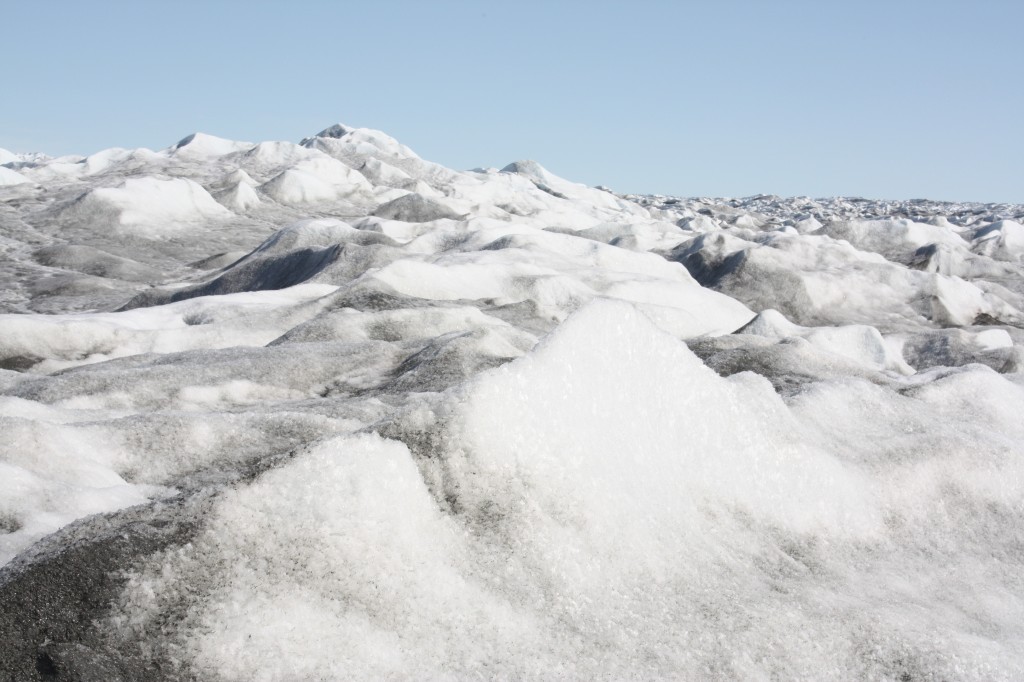
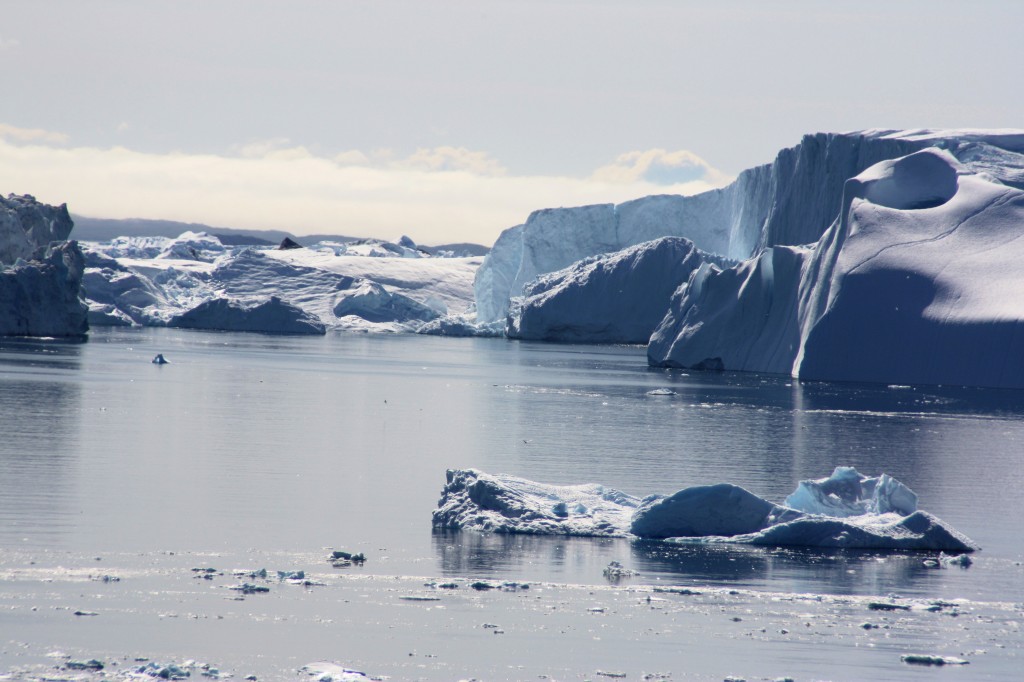
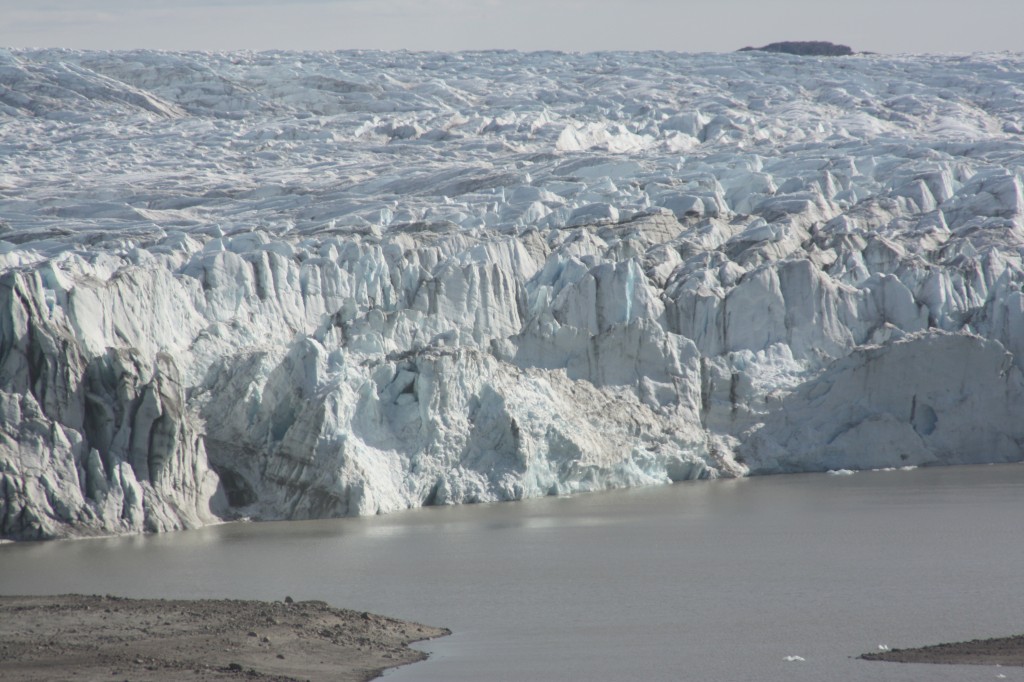

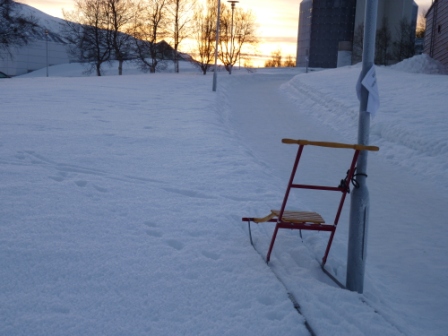
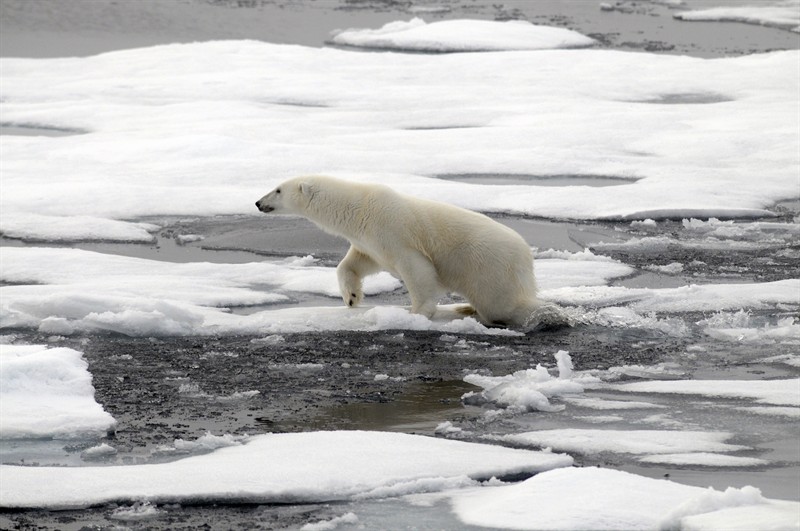
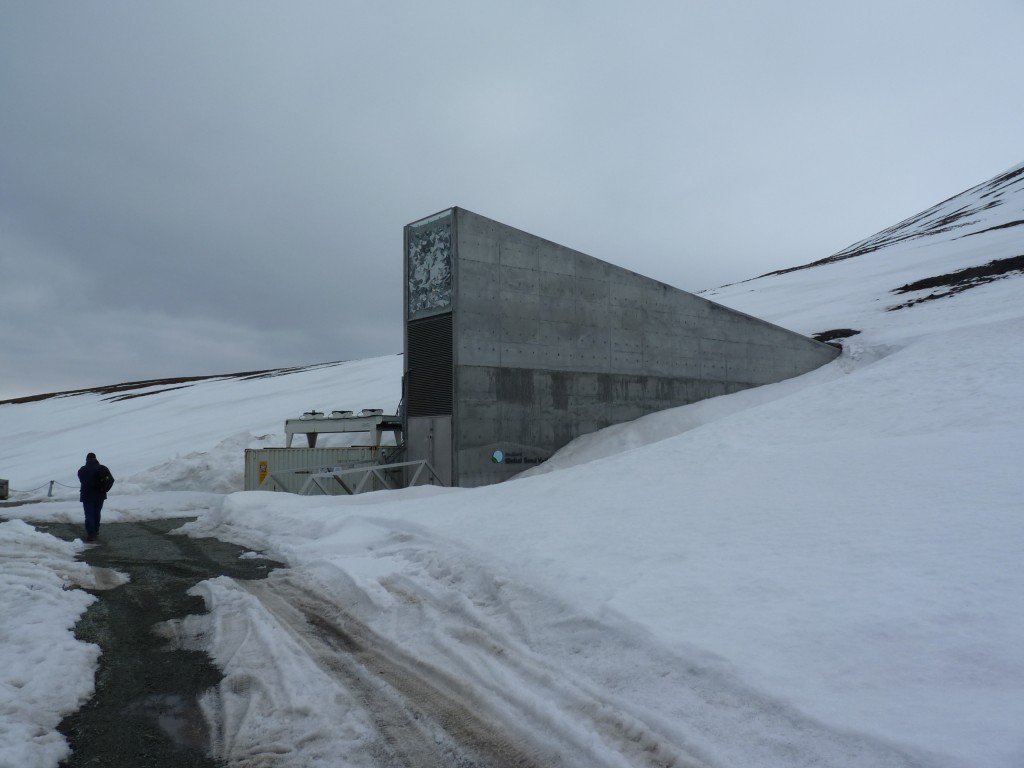
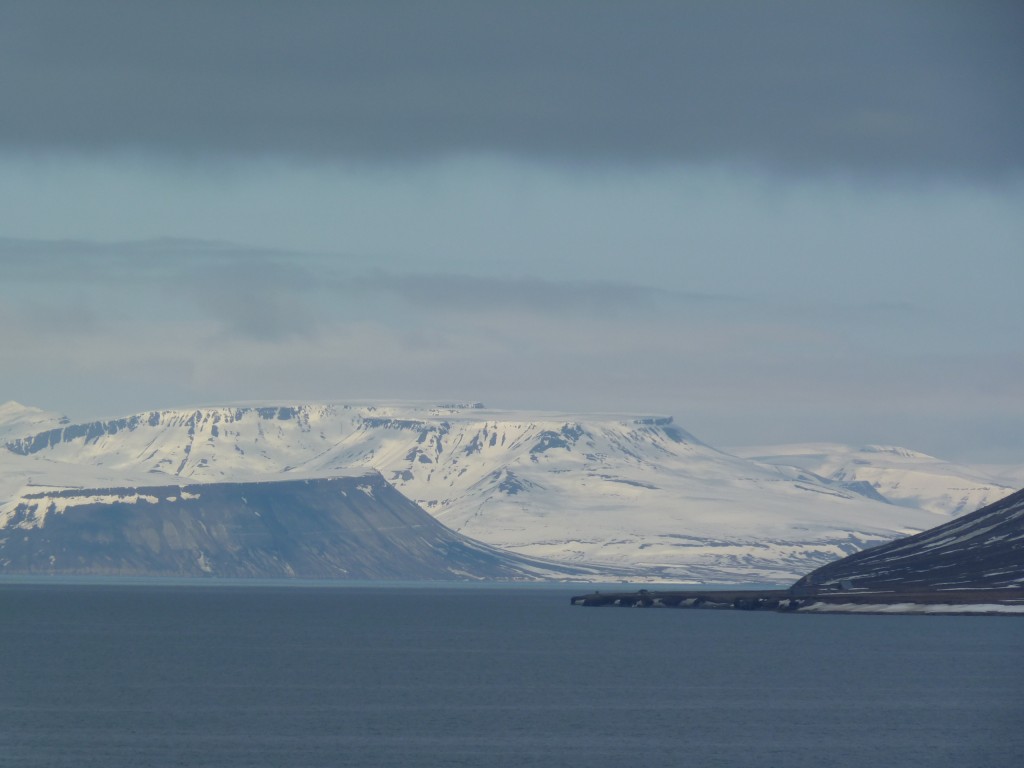

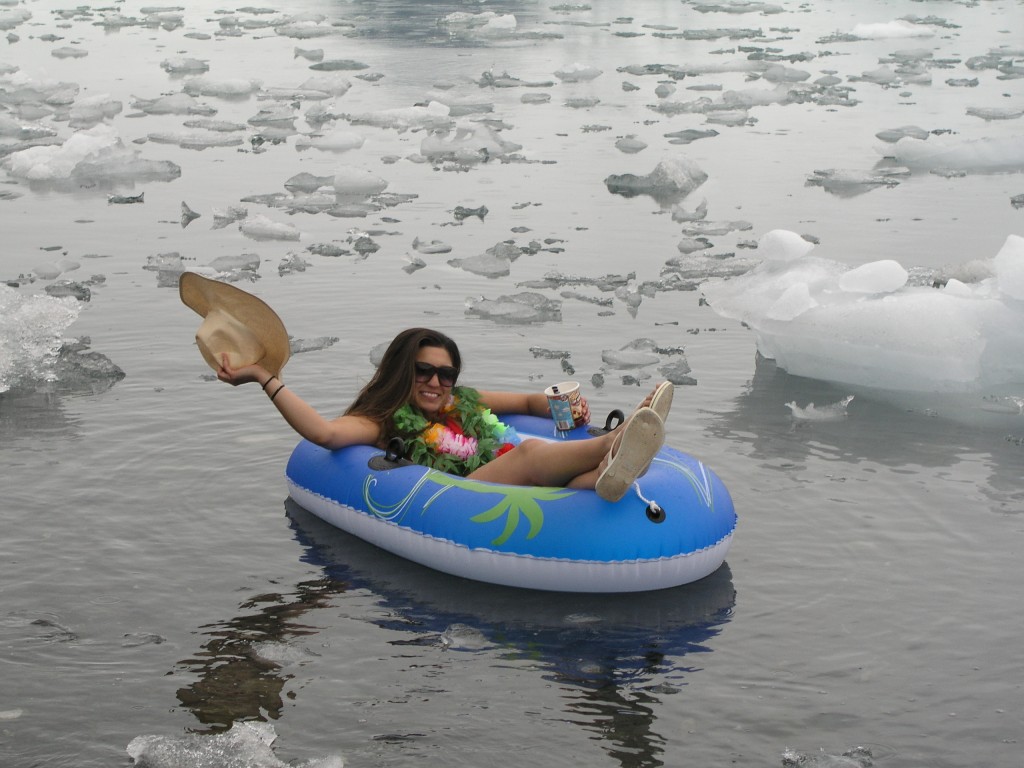
















Feedback